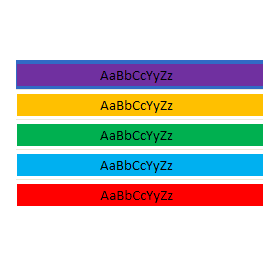Conditional Formatting Rules in Excel
Quickly identify variances in record using Conditional formatting. Conditional formatting in Excel enables you to highlight cells with a certain color, depending on the cell’s value. By conditional formatting to your data, you can quickly identify variances in a range of values with a quick glance. Navigation: Home Tab → Styles Group → Conditional Formating Highlight Cells Rules To highlight cells that …


